Anastasios (Tash) Polyzos (The University of Melbourne and CSIRO)
Charlotte Conn (RMIT)
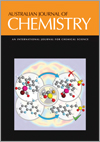
Australian Journal of Chemistry
Volume 75 Numbers 1 & 2 2022
Special IssueRising Stars of Chemistry
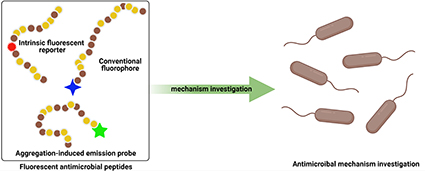
This paper is a brief guide of commonly available fluorescent labelling methodologies to study the mechanisms of antimicrobial peptides (AMPs).
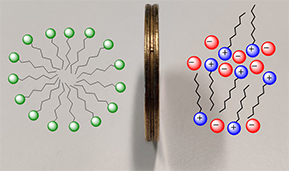
Micelles can accelerate reactions by creating new reaction environments that increase the local concentration of reactants. Ionic liquids with amphiphilic nanostructures feature polar and non-polar domains akin to micellar solutions. This review discusses the interface between micellar solutions and ionic liquids as reaction media and highlights areas for future development.

Oligonucleotides-based agents are versatile biomolecules that modulate gene expression. Over the last two decades, oligonucleotides-based agents have emerged as promising biochemical tools and therapeutics. However, achieving efficient oligonucleotide delivery remains a major limitation. Conjugation of peptides to oligonucleotides presents a viable solution to this conundrum. This review provides an overview of chemical strategies explored to synthesise peptide–oligonucleotide conjugates.
CH21131 Abstract | CH21131 Full Text | CH21131PDF (957 KB) Open Access Article
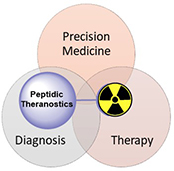
Diagnosis and therapy using the same radioactive peptide (theranostics) is a paradigm-changing form of personalised medicine for cancer management with striking efficacy and low toxicity. The ability of theranostics to ‘see what you treat’ facilitates personalised patient management and allows rapid translation from bench to patient by enabling direct visualisation and quantification of the target.
CH21118 Abstract | CH21118 Full Text | CH21118PDF (3.1 MB) Open Access Article
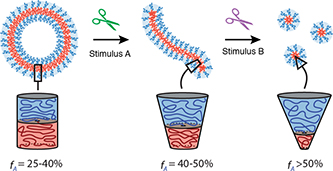
The ability of a polymer self-assembly to ‘shape-shift’ between different nanoscale morphologies is becoming an increasingly important capability in materials science, offering a compelling mechanism for an ensemble of polymer nanoparticles to alter their structures and thus physicochemical properties in response to applied stimuli. This review focuses on advances in the development and mechanistic understanding of stimuli-induced morphology transformation of block copolymer self-assemblies.
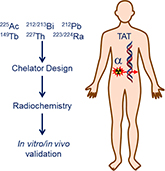
This paper is a review of the coordination chemistry of radiometals for targeted α therapy.
CH21184 Abstract | CH21184 Full Text | CH21184PDF (2.8 MB) Open Access Article

A new strategy was developed to immobilize glucose oxidase (GOx) between aligned carbon nanotube films, which achieved direct electron transfer of GOx for the electrocatalytic determination of glucose under mediator-free physiological conditions.
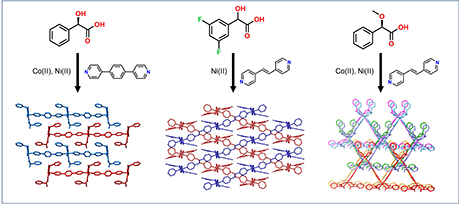
(R)-Mandelic acid and its derivatives are useful ligands for the synthesis of chiral coordination polymers. Combining (R)-mandelic acid and 3,5-difluoromandelic acid with first row transition metals and dipyridyl co-ligands gives one-dimensional chains linked by hydrogen bonds into a densely packed structure. In contrast, the methoxy-protected analogue formed an open framework with solvent accessible channels.
 , Madeleine R. Taylor, Curtis C. Ho, David W. Howells and Rebecca O. Fuller
, Madeleine R. Taylor, Curtis C. Ho, David W. Howells and Rebecca O. Fuller 
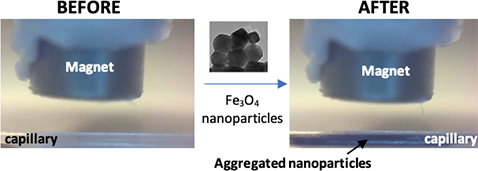
Polyethylene glycol coated magnetite nanoparticles have been optimised for aqueous flow experiments. Particles agglomerate in the capillary tube while under the influence of a rare earth magnet.
 , Quinn A. Besford, Nastaran Meftahi, Russell J. Crawford, Torben Daeneke, Tamar L. Greaves, Christopher F. McConville, Gary Bryant, Saffron J. Bryant and Andrew J. Christofferson
, Quinn A. Besford, Nastaran Meftahi, Russell J. Crawford, Torben Daeneke, Tamar L. Greaves, Christopher F. McConville, Gary Bryant, Saffron J. Bryant and Andrew J. Christofferson
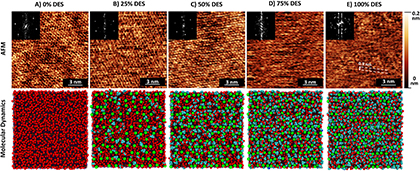
The deep eutectic solvent interface is nanostructured, both laterally across and normal to the surface. Combined atomic force microscopy, computational, and theoretical investigations show that the presence of water can modulate this structure.
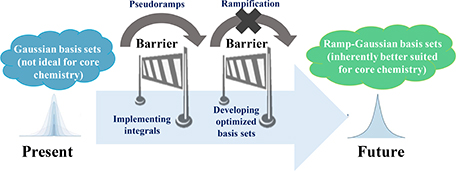
The performance of mixed ramp-Gaussian basis sets for core-dependent properties can be approximated through the use of pseudo ramps and rampified versions of all-Gaussian basis sets.
CH21092 Abstract | CH21092 Full Text | CH21092PDF (709 KB) | CH21092Supplementary Material (181 KB) Open Access Article
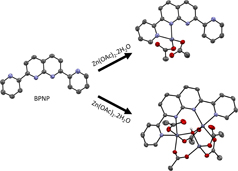
2,7-Bis(2-pyridyl)-1,8-naphthyridine (BPNP) has been widely used to prepare bimetallic transition metal complexes, but no examples with zinc have been reported. Herein we show that zinc binds weakly to BPNP, and the fluxional nature of these species leads to an array of monometallic and multimetallic zinc complexes of BPNP.
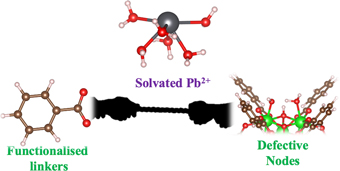
Lead pollution in waterways remains a pressing environmental concern worldwide. One promising solution is lead adsorption using metal–organic frameworks. UiO-66 can be synthesised with functional groups and often exhibits defect sites created by missing linkers, both of which may directly participate in Pb2+ adsorption as determined by our computational study.
CH21139 Abstract | CH21139 Full Text | CH21139PDF (1 MB) | CH21139Supplementary Material (652 KB) Open Access Article
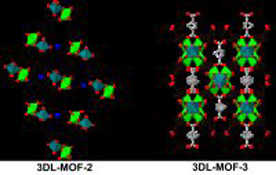
This paper presents a structural investigation into two magnesium MOFs consisting of aliphatic linkers. These MOFs act as a platform for future investigations into lightweight MOF systems which have capabilities to capture and store gas molecules at low pressures, for potential incorporation into tanks for fuel cell vehicles.
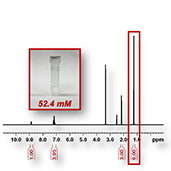
PULCON (Pulse Length-Based Concentration Determination) is a powerful, versatile, non-invasive, and accurate technique for measuring solution concentrations via routine NMR spectroscopy. It is particularly useful for preparing accurate solutions of compounds for biological assays, and avoids weight-based errors caused by contaminants (e.g. moisture). This article provides an introductory guide for biological and medicinal chemists, and highlights the diversity of applications.